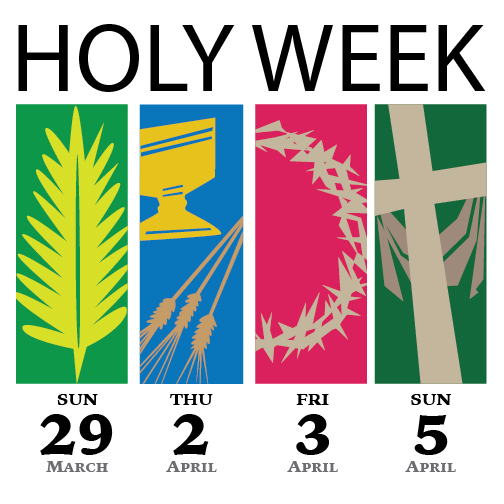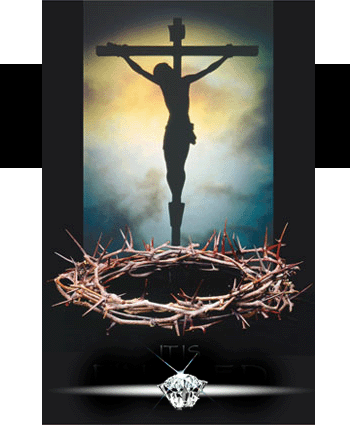
|
St. Mark tells us that Jesus approached the Holy City of Jerusalem from the east: “When Jesus and his disciples drew near to Jerusalem, to Bethphage and Bethany at the Mount of Olives…” The Mount of Olives was just to the east of Jerusalem, and Bethphage and Bethany were on the eastern slope of the Mount.
|







